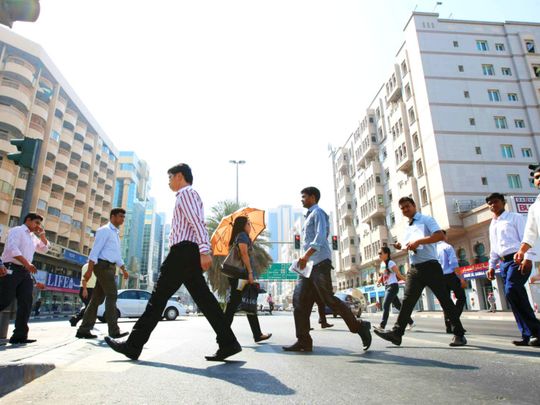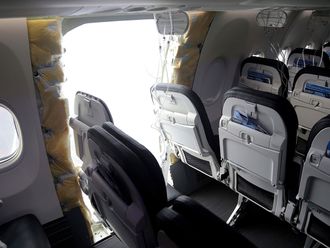
Dubai’s residential market is now more affordable across most communities. As rents soften across the emirate, residents living in older residential neighbourhoods, such as, Karama, Bur Dubai, Mankool and Oud Metha are also expected to gain from the current trend. Ozan Demir, director of operations and research at Reidin, says in keeping with the rest of Dubai, rental prices in these older neighbourhoods have also declined. “In terms of rental pricing, the average price of a one-bedroom unit in Bur Dubai area is between Dh50,000 and Dh60,000, a two-bedroom unit is between Dh65,000 and Dh75,000 and a three-bedroom unit is between Dh90,000 and Dh110,000 per year,” he said.
Market dynamics
The old Dubai communities of Karama, Bur Dubai, Mankool and Oud Metha are non-freehold areas, which only permit the locals and GCC nationals to purchase property. Hence, in these areas, the expats can only live in rental homes. “Typically, these locations consist of grade B and C stock with rents ranging from Dh40,000 to Dh140,000 per year,” says Aditi Hariharan, associate partner, strategic consulting and research at Cavendish Maxwell.
It’s primarily older stock in these areas, mostly apartments managed by single companies and some villas in Al Mankhool area, she adds. “Rents here softened in 2019, but the decline has not been as pronounced as in the freehold areas as there is limited new supply and high demand in these older neighbourhoods.”
Hariharan notes redevelopment activities in the area such as the Al Seef waterfront and the demolition of the old Sana building to make way for new towers. “There is also some new stock being introduced to the market specifically by Wasl Properties,” says Hariharan. “These areas, in addition to Dubai South, are expected to serve as alternatives to northern emirates residents in the next few years.”
High occupancy rates
Demir notes that several families from Sharjah and Ajman move towards these communities due to a drop in rental prices. “Even though prices dropped more than 10 per cent, occupancy rates have stayed on a higher level,” says Demir. “Sizes of the units here are also comparatively larger than the new residential supply. Hence retention of the tenancy is higher.”
The payment terms now are also more flexible when compared to previous years. “Based on published listings, one- and two-bedroom properties have been the most in demand,” he adds.
Hariharan says there is a predominance of South Asian, South-East Asian and African residents in these areas, typically seeking one- to three-bedroom units, typically for families. “There are some locals in the area, the majority of whom occupy the villas in Al Mankhool. Retail spaces in these areas have been under pressure, especially in Bur Dubai and Oud Metha.”
Supply scene
Although more than 100,000 units are expected to be handed over within the next two years in Dubai, Demir says there is not much new supply in these areas. “We can consider the city as homogenous, so we are expecting the rental price trends to be in line with the rest of the city.” Hariharan believes due to limited new supply and high demand from residents within and outside Dubai, any price decline in these areas will not be as steep as in the freehold areas.









